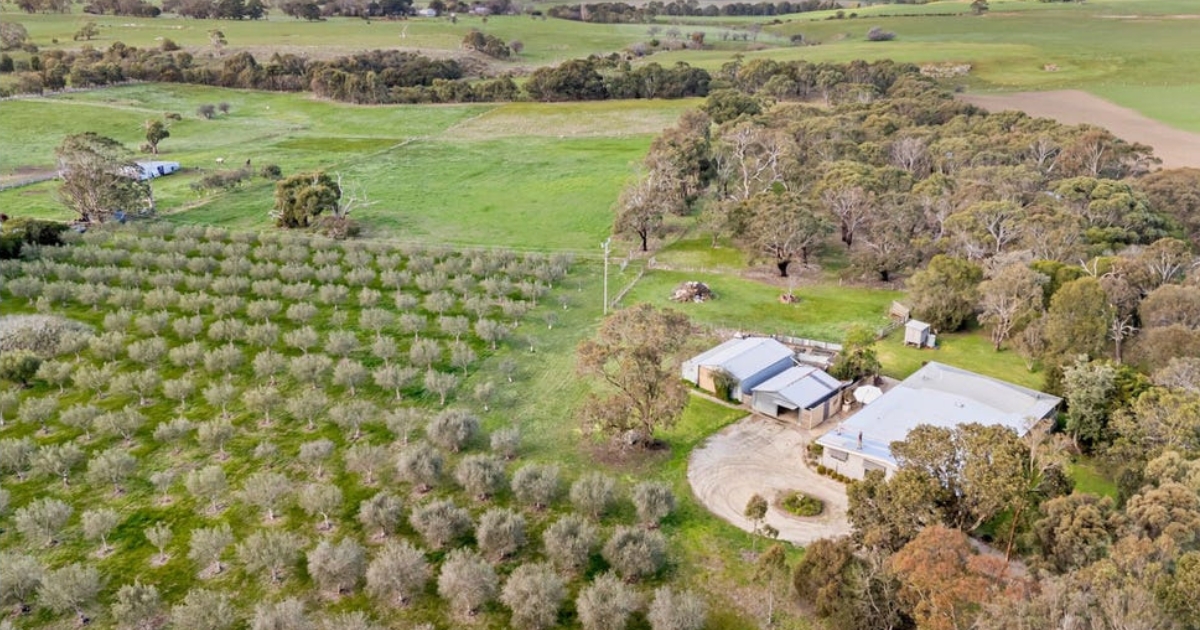Call for legislation over borrowing for property against SMSFs

RiskWise CEO Doren Peleg says that lending to SMSFs is an accident waiting to happen as people gamble with their retirement funds.
PROPERTY research house RiskWise is calling on the Council of Financial Regulators to introduced legislation to ban borrowing for property against Self-Managed Super Funds.
In December last year, the regulator ‘offered the sector a new lease of life indicating no apparent appetite to quash the practice in its quarterly statement’ due to a ‘shift in dynamics in the housing market’.
However, RiskWise Property Research CEO Doron Peleg said all of the major banks had stopped loans to SMSFs, and this had flowed on to their subsidiaries, including the AMP. The ATO has also expressed concerns about the risk to the retirement savings of individual SMSF trustees in the event of property decline, while the Financial System Inquiry has recommended a ban on direct borrowing by SMSFs to prevent an ‘unnecessary build-up of risk in the superannuation system.’
“Lending to SMSFs is an accident waiting to happen as people gamble with their retirement funds,” Mr Peleg said.
“It really is high risk and, in fact, Labor will move to ban borrowing against SMSFs if they are returned to power in the next Federal election, which is extremely likely according to polls.
“And David Murray’s Financial System Inquiry in 2014 even recommended the practice be outlawed.
“Super is the only asset class you can leverage against but using it to buy property is definitely high risk if things go wrong.”
Mr Peleg said this risk had been acknowledged by the major banks and the regulator should take notice and implement it across the entire industry.
However, while most banks have halted the practice, non-banks lenders are filling the void and continued to do so.
The good news is the Banking Royal Commission findings will now require advisers to tell clients in writing if their advice is not independent and why this is the case.
They will also be required to outline each year the total fees they are paying and services they are receiving.
Over the past few years, Self-Managed Superannuation Funds have gained such popularity there are now more than 600,000 in Australia, managing around $700 billion in assets.
This is according to figures from the Australian Prudential Regulation Authority, and the Australian Taxation Office.
In fact, according to the ATO, in the five years to 2017, SMSF assets grew by $274.3 billion, or a staggering 65 per cent.
However, the Productivity Commission says SMSFs with balances lower than $500,000 deliver significantly lower returns than average ones.
Borrowing on super to feed into property is governed by strict conditions known as ‘Limited Recourse Borrowing Arrangements.’
According to Industry Super Australia, there has been a 200 per cent rise of this practice in the past few years.


















